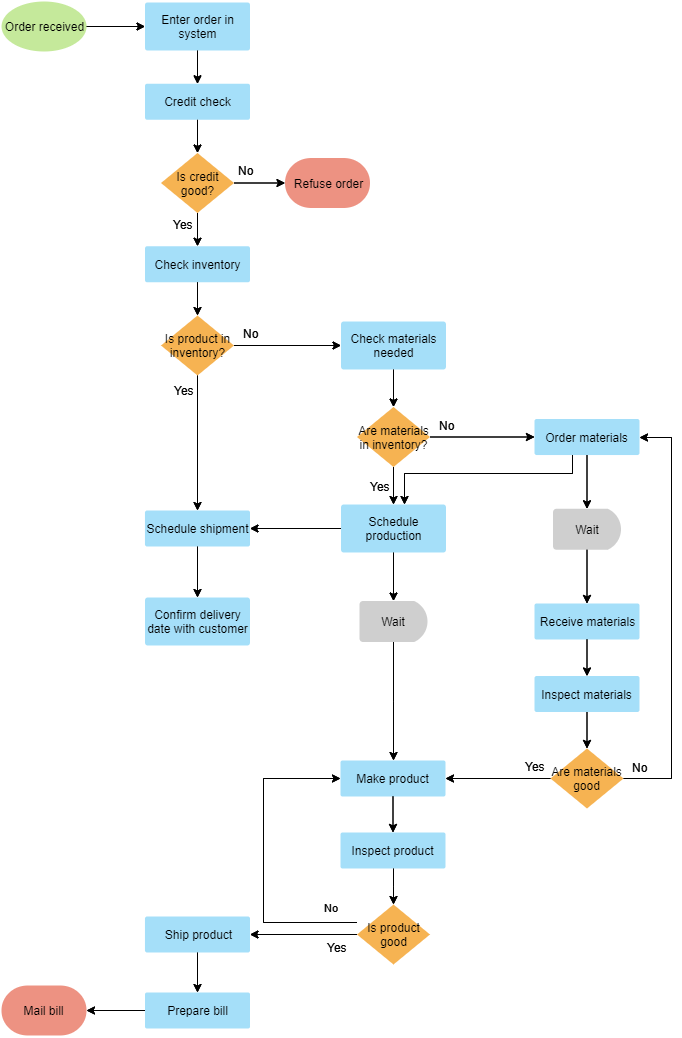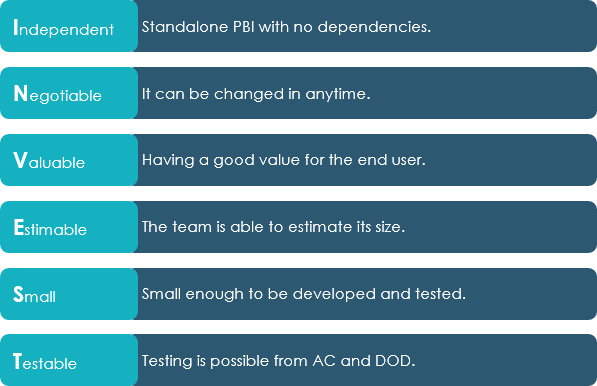Model-View-Controller (MVC) is a basic design pattern that separates the user interface logic from the business logic. The Model-View-Controller (MVC) pattern is a way of dividing an application into three distinct components; the model, the view and the controller. This model-view-controller can be best described visually using robustness analysis in stereotyped UML notation, which was first proposed by Ivar Jacobson in his award-winning book Object-Oriented Software Engineering.
Continue reading









